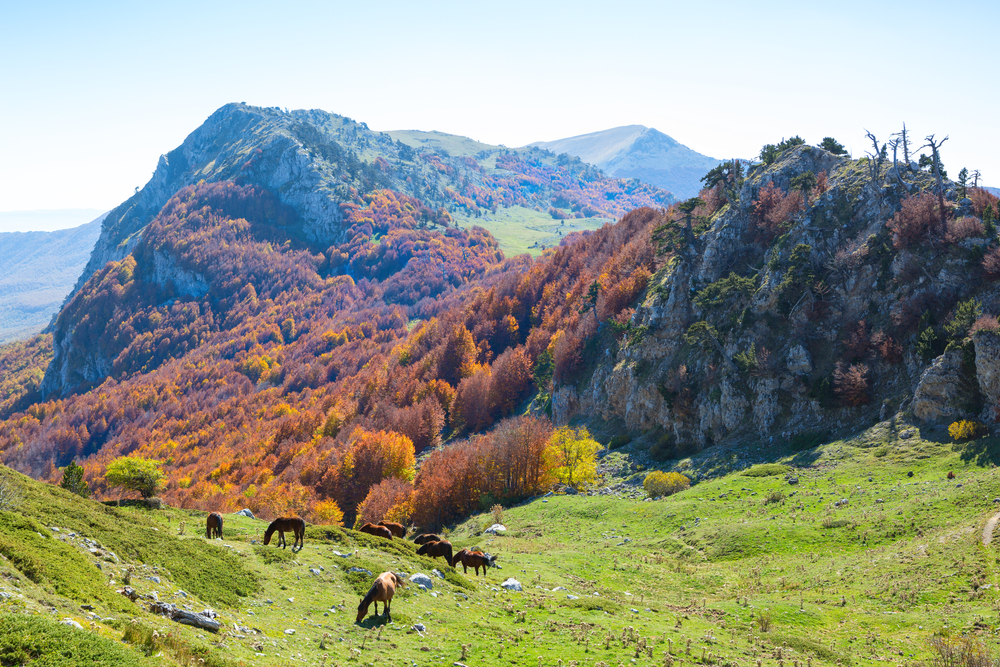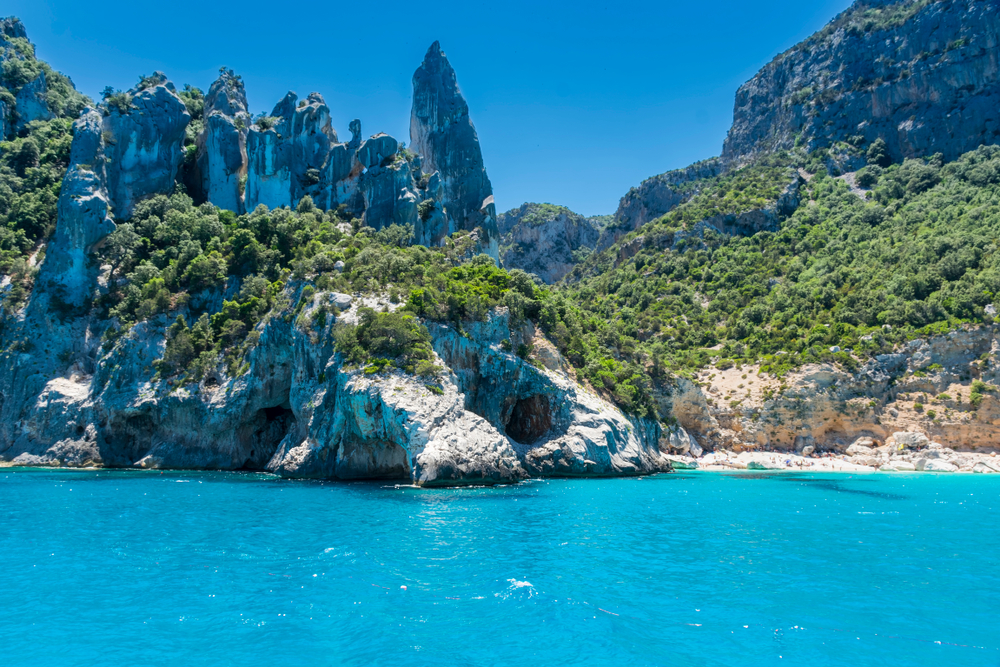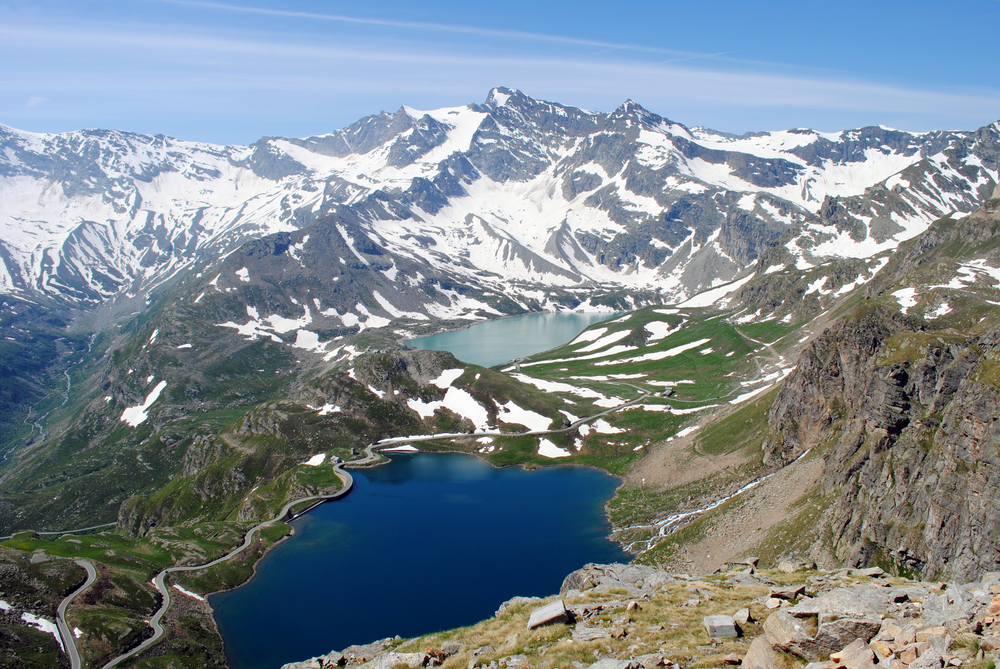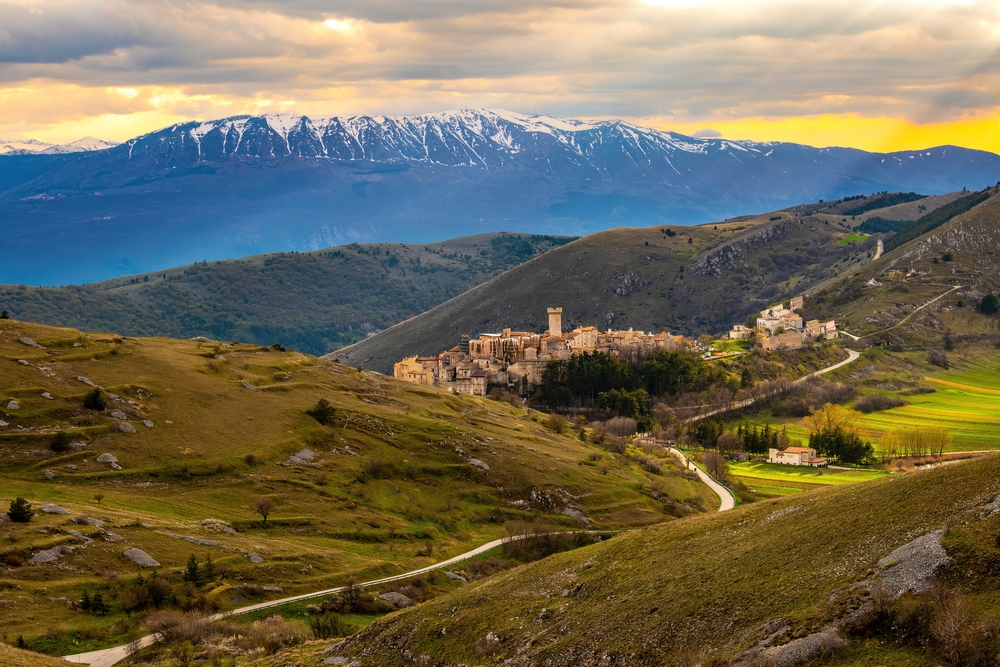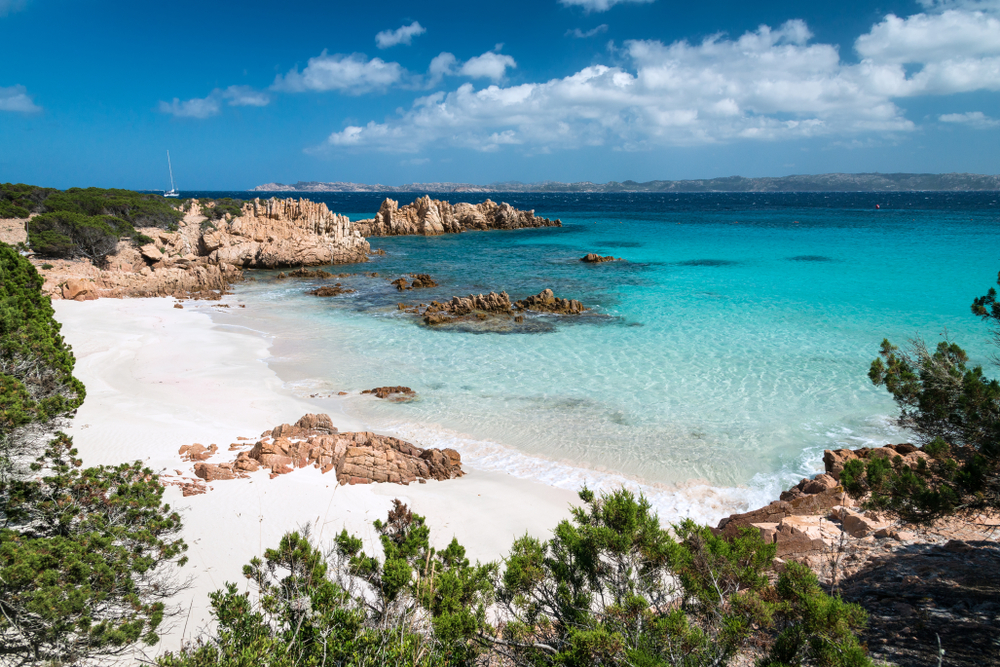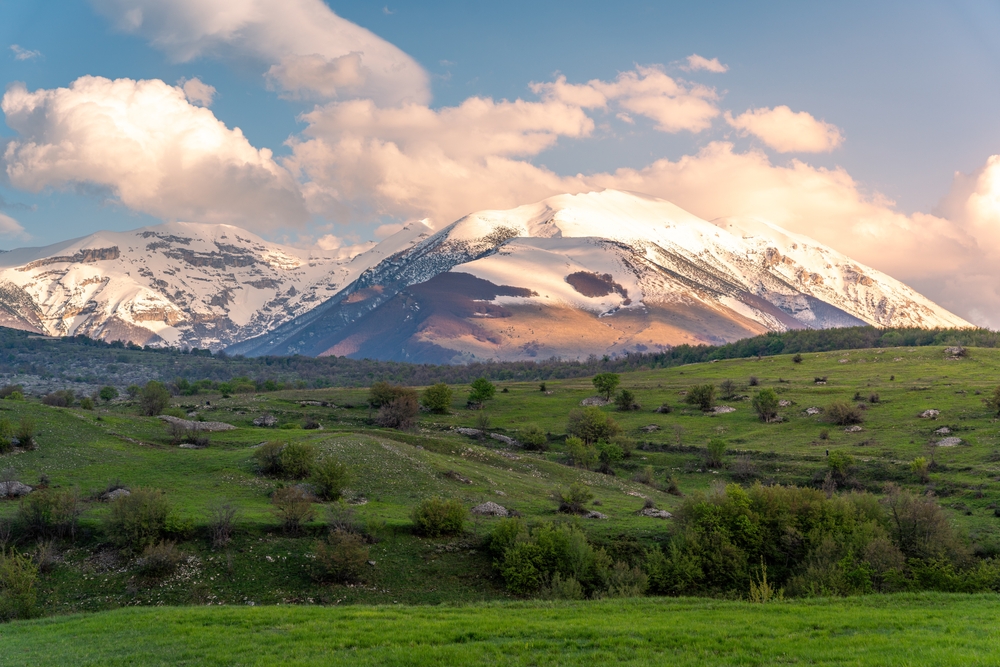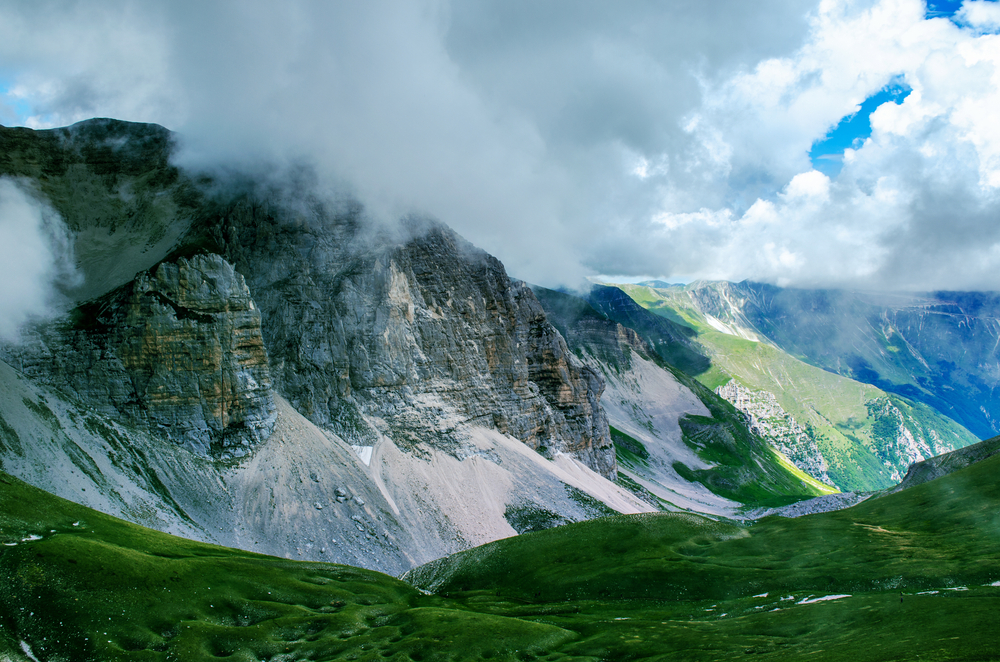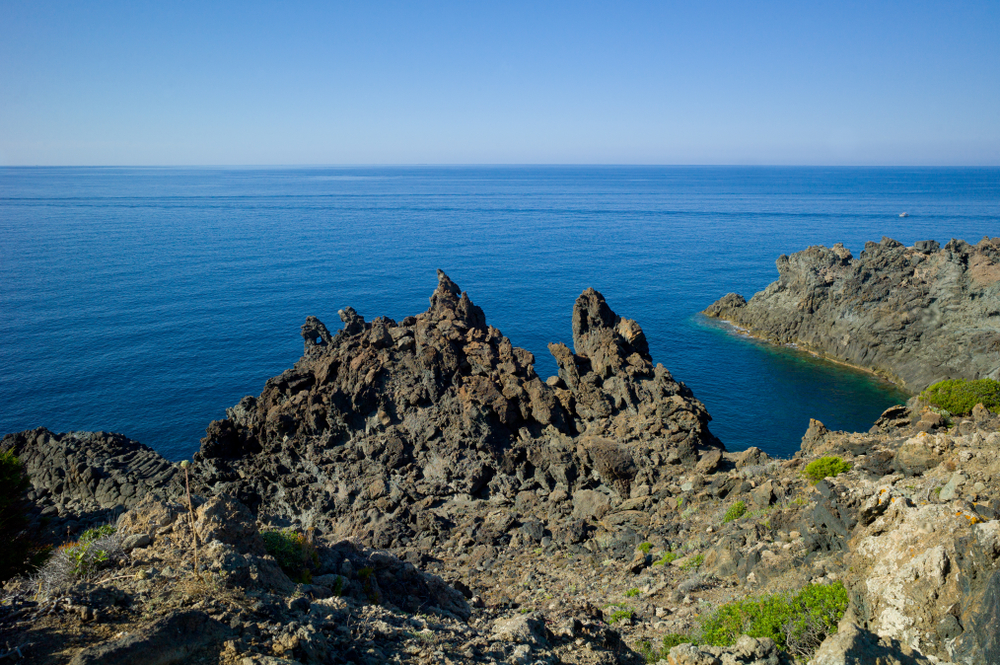Pollino Overview
Pollino National Park, known as Parco Nazionale del Pollino in Italian, is the largest national park in Italy, covering approximately 748 square miles (1,925 square kilometers).
Straddling the regions of Calabria and Basilicata in southern Italy, it offers an expansive, rugged landscape that is home to some of the country’s most breathtaking natural beauty. The park is named after the Pollino Massif, which dominates the terrain with its towering limestone peaks, the highest being Serra Dolcedorme at 7,444 feet (2,269 meters).
The park also features deep gorges, vast plateaus, and rolling hills covered in dense forests. The Raganello Gorge, one of its most stunning features, boasts dramatic rock formations and crystal-clear streams, making it a popular spot for adventurers and nature lovers.
The vegetation varies with altitude, from Mediterranean scrubland to high-altitude beech and fir forests. One of the most iconic trees in the park is the rare Bosnian pine (Pinus heldreichii), which clings to rocky slopes and can live for centuries, symbolizing the park’s resilience and rich biodiversity.
The wildlife in Pollino National Park is equally remarkable, with a variety of species that thrive in its diverse habitats. Among the most significant mammals is the Apennine wolf, an elusive predator that roams the park’s forests and valleys. The park is also home to wild boars, roe deer, and the rare European otter, which inhabits its river systems.
Birdwatchers can spot golden eagles soaring above the peaks, as well as peregrine falcons, eagle owls, and various species of woodpeckers. The park’s rivers and lakes support amphibians such as the spectacled salamander and Italian stream frog. Insects and butterflies flourish in the park’s meadows, further emphasizing its ecological richness.
Pollino National Park is a haven for outdoor enthusiasts, offering a range of activities that allow visitors to immerse themselves in its natural splendor. Hiking is among the most popular, with trails that traverse the mountains, valleys, and forests. The Sentiero Italia, a long-distance hiking trail, passes through the park, offering breathtaking panoramic views of the Pollino Massif.
For those seeking adventure, the rugged Raganello Gorge is ideal for canyoning and rock climbing. White-water rafting and kayaking are popular on the Lao River, which cuts through the park, providing thrilling rapids and scenic landscapes. The park also attracts mountain bikers who explore its winding trails, while horseback riding is another way to experience its vast wilderness. During winter, the higher elevations offer opportunities for snowshoeing and cross-country skiing.
Conservation has been a critical focus in Pollino National Park, with efforts aimed at protecting its unique biodiversity and landscapes. The preservation of the Bosnian pine and the continued monitoring of the Apennine wolf population have been key successes.
However, the park faces challenges such as climate change, which threatens its delicate alpine ecosystems, and illegal hunting, which remains a concern despite strict regulations. Sustainable tourism initiatives have been implemented to balance human activity with environmental protection, ensuring that future generations can continue to enjoy the park’s unparalleled beauty.








































































